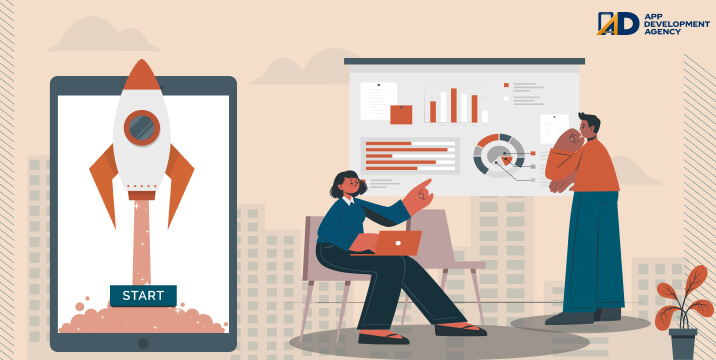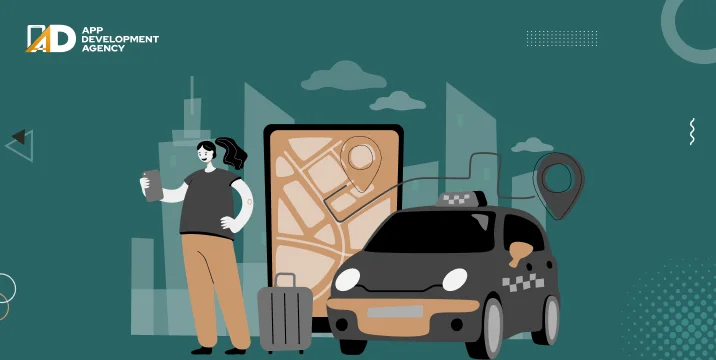Ubiquitous connectivity, biometrics, cloud computing, tokenization and the Internet of Things are just a few of the digital trends that will affect the way consumers transact and interact with their payment partners. Global Payment Market underwent a major shift in the recent decade with the outbreak of Pandemic Coronavirus which significantly changed the contours of social and professional life turning the economy upside down.
The ongoing digital and technology revolution, led by the ever-increasing penetration of smart-phones and the internet on mobile, has revolutionized digital payments. This payment space has witnessed the entry of several non-banking institutions offering payment services and solutions. The customers have become more demanding and expect instantaneous and one-touch payment solutions. As a consequence, there have been several progressive changes in the regulatory framework.
While different markets have seen different types of players and solutions becoming successful, some elements of winning models stay common. These include having a compelling value proposition, access to a large customer base, conducive infrastructure, supportive regulations and leveraging next-gen technology.
Adapting to the changing economy, realizing the aftermath of COVID-19 Pandemic, the new business and work culture will be redefined with a strong emphasis on adaptability, efficiency, inclusivity, opportunity and universalism. In the process, the technology will make digital payments simpler. Merchant acceptance network to grow 10x in 2020.
With all these findings, there are strong chances that cash to non-cash ratio will invert over the next ten years
The share of consumers who made the most use of the peer to peer payment applications in the past year in the US (according to Statista) has been incrementing proportionally. One obvious advantage that comes with Peer to Peer money transfer apps is that it can enable you to amplify the various potential outcomes for customization. Here is a list of API’s (suggested) to create mobile payments apps that enable person-to-person payments and disbursement solutions through one recognizable, consistent consumer brand:
Person to merchant (P2M) transactions driven by digital payments at the physical point of sale, followed by the peer to peer (P2P), Business to Business (B2B) transactions and C2B transactions are expected to be major contributors of growth. It becomes imperative in the markets for the Government and the top mobile app development agencies to take a long-term view of building a sustainable digital payments market where regulations are still evolving. Regulators need to emphasize the awareness of the cost of cash and incentivize the use of non-cash instruments (digital/crypto-currency based), while the Government needs to shape the policy that simplifies KYC requirements, making digital payment transactions more user-friendly.

Construction management software plans, schedules, creates budget, and monitor (1) Residential buildings, (2) Commercial structures, (3) Public buildings: (hospitals, schools), (4) Infrastructure projects: (bridges, airports), (5) Large-scale industrial facilities by centralizing data, streamlining workflows, and improving communication among stakeholders, ultimately leading to increased efficiency, better cost control, reduced errors, and more informed decision-making throughout a …
Continue reading “What is the Cost Price of Making a Construction Management App?”
Read More
Are you one of those who use ten tools to complete one task – switching from email to CRM to Project Management to Google Worksheet? You might simply require one enterprise solution! Back in 2019, in a mid-sized logistics firm, everything ran on spreadsheets and emails. It was fine until there were missed updates, clashing …
Continue reading “Why Are Enterprise App Development Companies Working So Hard?”
Read More
Is the ridesharing industry saturated now? No doubt there are already a lot of best ridesharing apps globally. However, as per Statista, the leading research site, the ridesharing market is expected to grow at 22.13% annually and reach $226 billion dollars by 2028. The numbers are crazy, and to further prove our point – Arro, …
Continue reading “14 Best RideShare Apps in 2025”
Read More